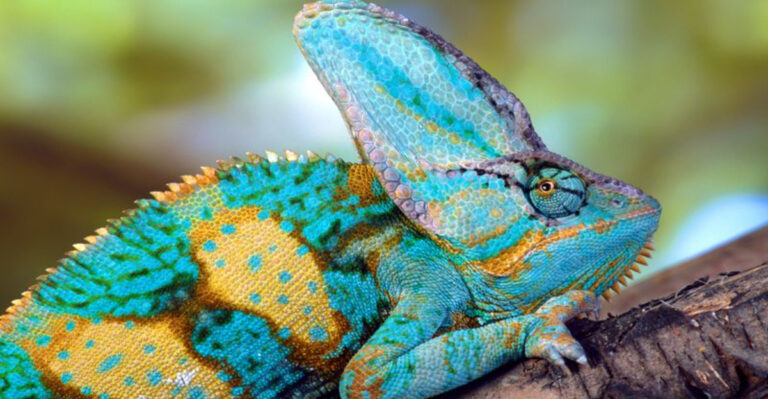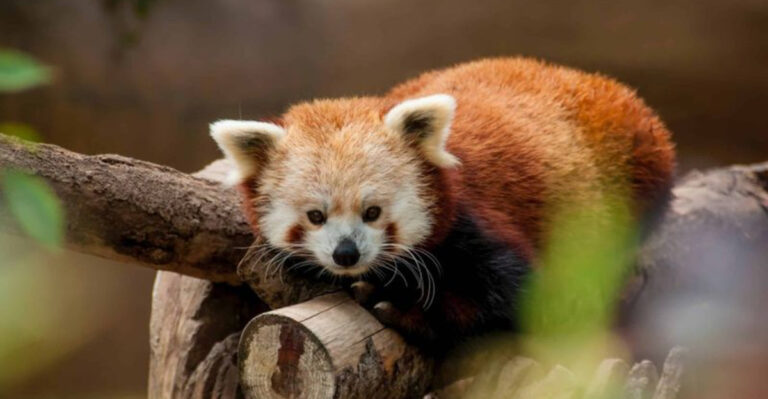Scientists Construct 3-D Model Of Newly Discovered Ancient Predator
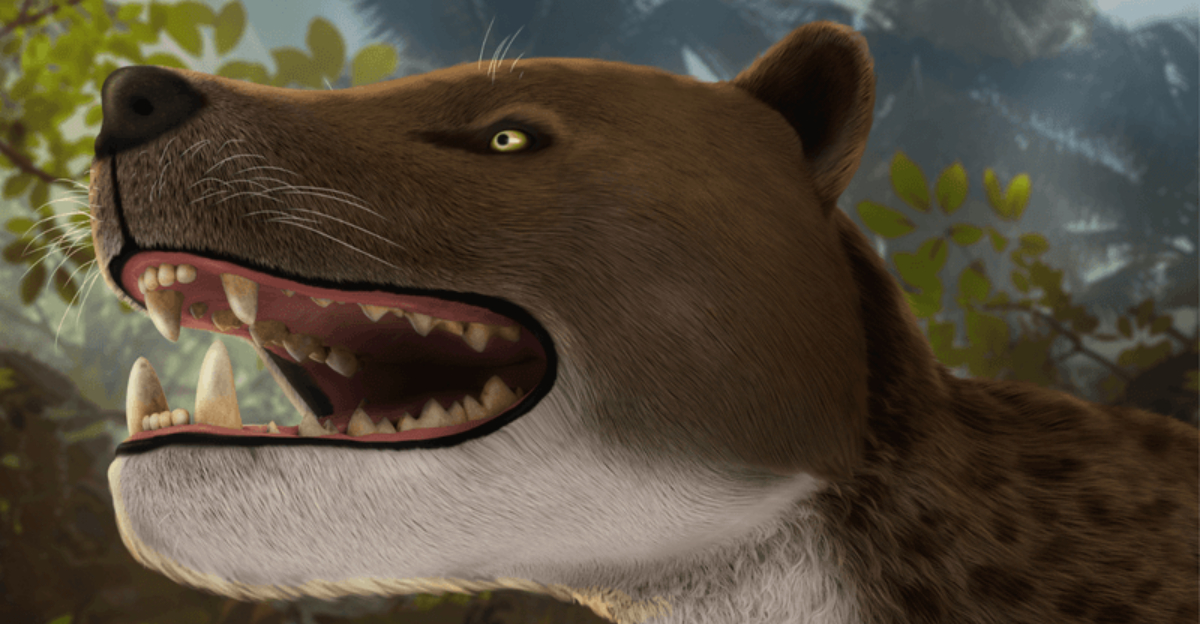
Scientists have made an incredible breakthrough in paleontology by creating a detailed 3-D model of a newly discovered ancient predator.
This leopard-sized creature roamed Earth about 30 million years ago, leaving behind fossils that puzzled researchers for years. Through cutting-edge technology and painstaking research, experts have finally brought this prehistoric hunter back to life digitally, giving us a window into a world long gone.
1. The Discovery Of A Leopard-Sized Predator From 30 Million Years Ago

Buried beneath layers of sediment, this remarkable creature remained hidden until a team of paleontologists stumbled upon its fossilized remains during a routine dig.
The bones showed distinctive predatory features never seen in other specimens from that era. The discovery immediately sparked excitement throughout the scientific community, as it represented a missing link in predator evolution.
2. How Scientists Constructed A 3-D Model Of The Ancient Predator
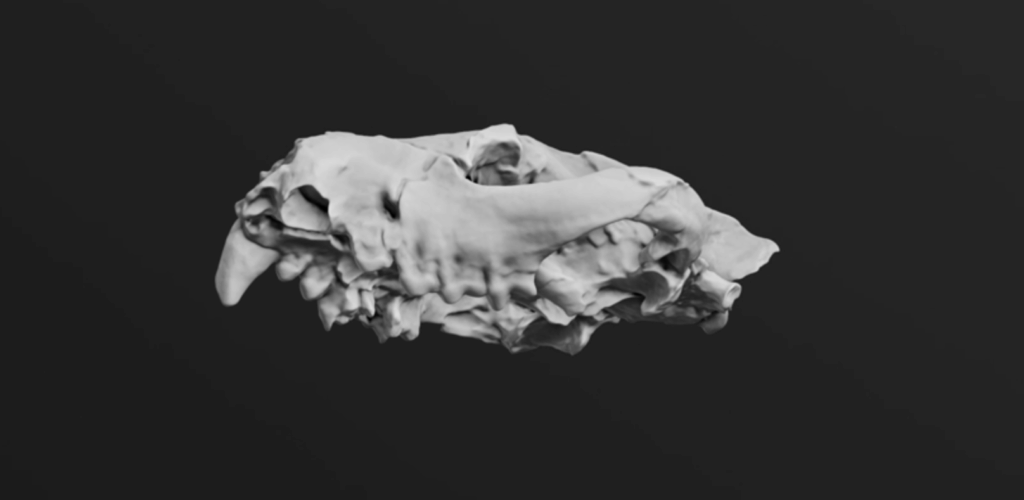
Using CT scanning technology, researchers captured thousands of detailed images of each fossil fragment. These scans were fed into specialized software that pieced together the digital fragments like a complex puzzle.
Teams of experts from various fields collaborated to ensure anatomical accuracy, consulting with zoologists who study modern predators to confirm realistic muscle attachment points and body proportions.
3. Unveiling The Anatomy Of A Leopard-Sized Predator Using Digital Technology

Virtual reality played a key role in bringing this ancient hunter to life. Scientists could literally walk around the digital model, examining features from angles impossible with physical fossils.
The creature’s jaw revealed specialized teeth perfect for slicing through meat. Its powerful shoulder structure suggested an ambush hunting style similar to modern big cats.
4. The Role Of 3-D Modeling In Revealing Details Of Prehistoric Creatures
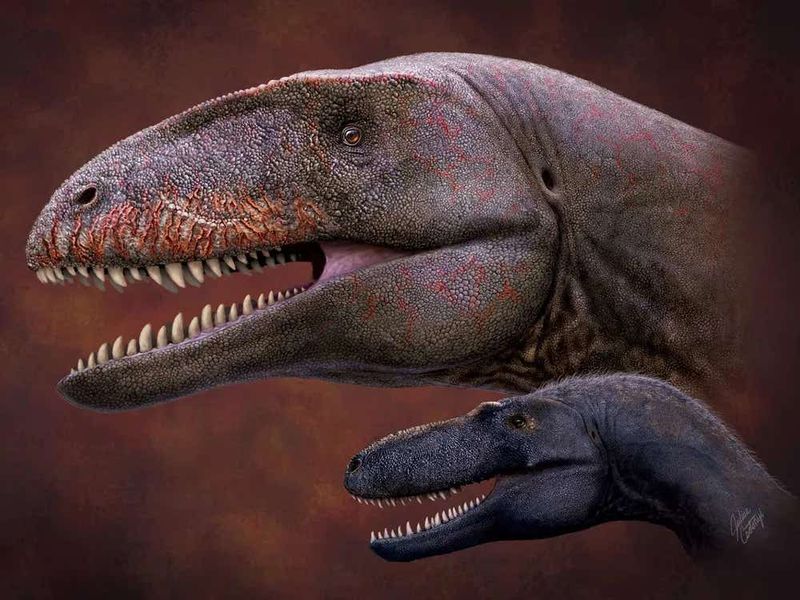
Traditional fossil analysis often leaves gaps in our understanding of extinct animals. 3-D modeling solves this problem by filling missing pieces through comparative anatomy. Researchers can test biomechanical theories without risking damage to irreplaceable specimens.
The technology also democratizes science, allowing models to be shared globally with other researchers who can examine the creature without traveling to museum collections.
5. The Importance Of The 3-D Model In Understanding The Predator’s Behavior
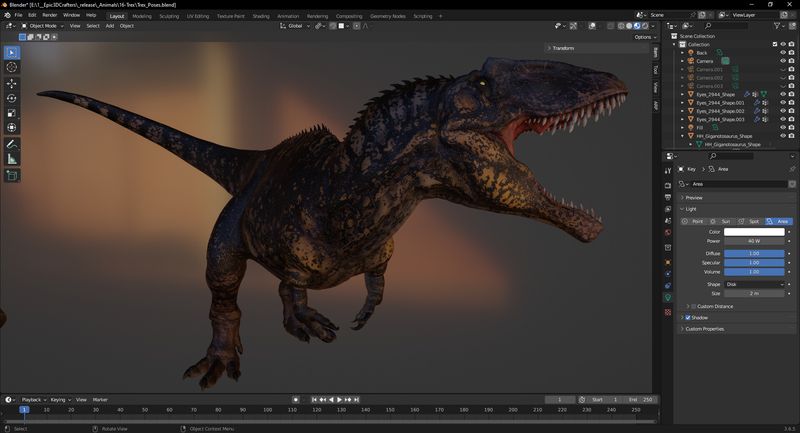
Motion simulation software brought unexpected insights about how this ancient hunter moved. By applying physics principles to the digital skeleton, scientists discovered it likely had a distinctive pouncing attack unlike any modern predator. The creature’s unique leg proportions suggested surprising agility for its size. These behavioral insights would be impossible without the complete 3-D model to analyze.
6. What The 3-D Reconstruction Reveals About The Predator’s Physical Traits
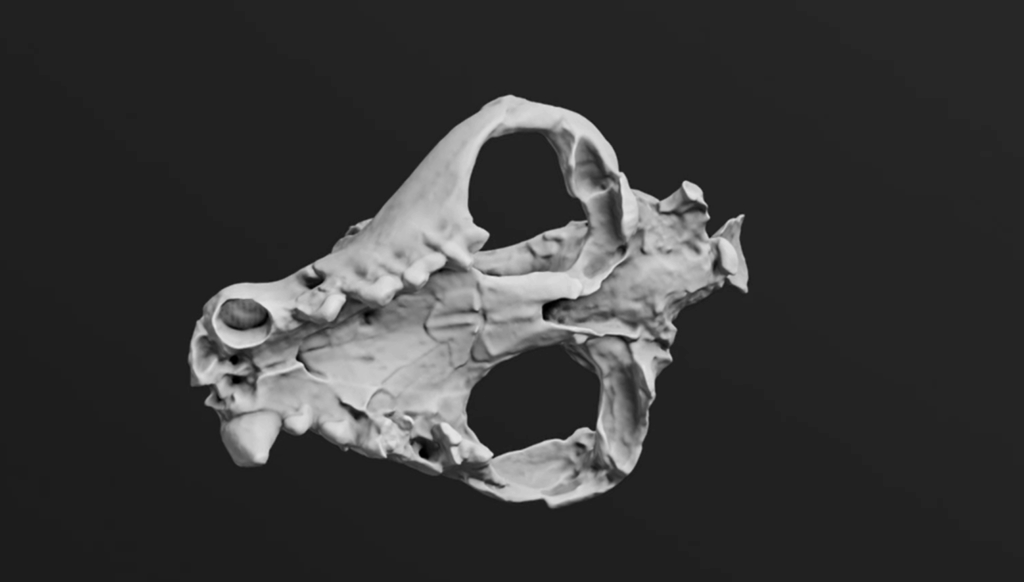
Surprisingly, the model showed evidence of semi-retractable claws – a feature between modern cats and dogs.
This evolutionary middle-ground explains much about its hunting niche in ancient ecosystems. Its skull contained unusually large olfactory bulbs, suggesting a keen sense of smell that complemented sharp vision. The creature’s vertebrae revealed a flexible spine capable of quick directional changes when pursuing prey.
7. How The Predator’s Size And Features Suggest Its Hunting Style
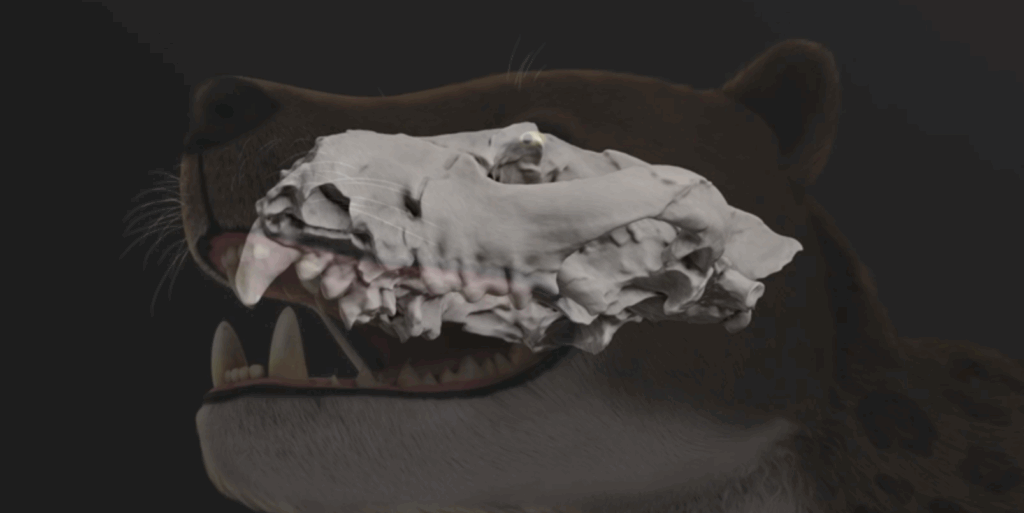
Muscle attachment points on the digital model indicate powerful forearms perfect for grappling with struggling prey.
Analysis of the creature’s center of gravity reveals it was built for short, explosive bursts rather than long chases. Foot bone arrangements show specialization for soft forest floors rather than open plains. These details paint a picture of an ambush predator that hunted from dense vegetation.
8. What The Fossilized Remains And 3-D Model Teach Us About Ancient Ecosystems
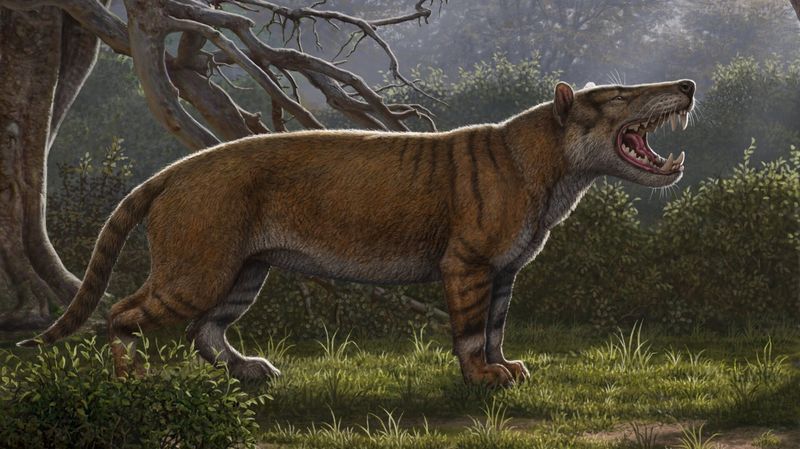
Tooth wear patterns visible in high-resolution scans indicate this predator targeted medium-sized herbivores that no longer exist today.
The creature’s geographical distribution, mapped from multiple fossil sites, suggests it thrived in a warmer climate than previously thought for that time period. Its presence reshapes our understanding of predator-prey relationships in Oligocene ecosystems.
9. The Digital Tools Behind The 3-D Reconstruction Of A 30 Million-Year-Old Predator
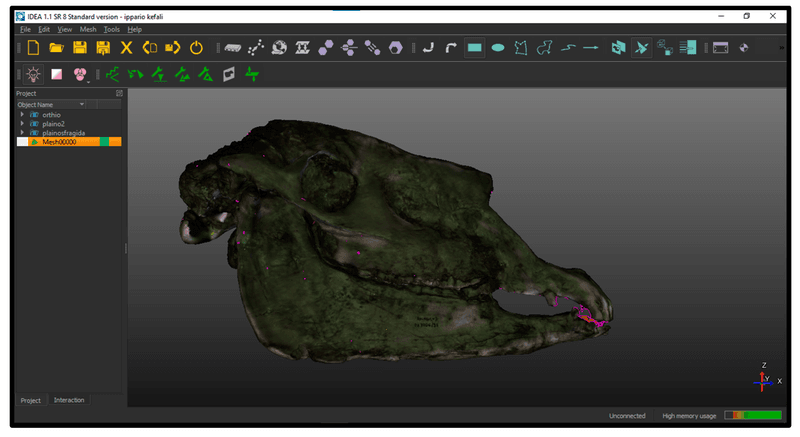
Artificial intelligence algorithms played a crucial role in identifying subtle patterns in bone structure that human eyes might miss.
Custom software developed specifically for this project compared thousands of modern animal anatomies to inform accurate muscle placement. Cloud computing enabled simultaneous work by international teams, with real-time updates as new fossil evidence emerged during ongoing excavations.
10. Why This Leopard-Sized Predator Is Crucial To Paleontological Research
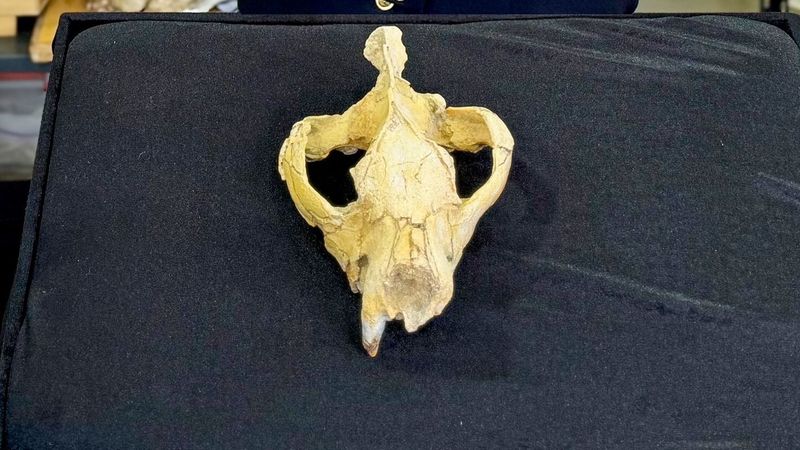
Fossil records show mysterious gaps during the period this creature lived. The predator’s existence bridges evolutionary understanding between earlier primitive carnivores and later specialized hunters.
Genetic analysis of preserved proteins found in the fossils connects this species to several modern animal families. The discovery challenges previous theories about predator evolution rates following climate changes 30 million years ago.
11. Challenges In Reconstructing The Life Of An Ancient Predator From Fossils

Incomplete fossil records forced scientists to make educated guesses about certain anatomical features. The team debated extensively about skin texture and coloration, ultimately using modern predators as reference points.
Preservation quality varied across specimens, requiring complex statistical models to account for distortions. Despite these hurdles, the final model represents the most accurate reconstruction possible with current technology.
12. The Implications Of The Discovery For Our Understanding Of Prehistoric Fauna
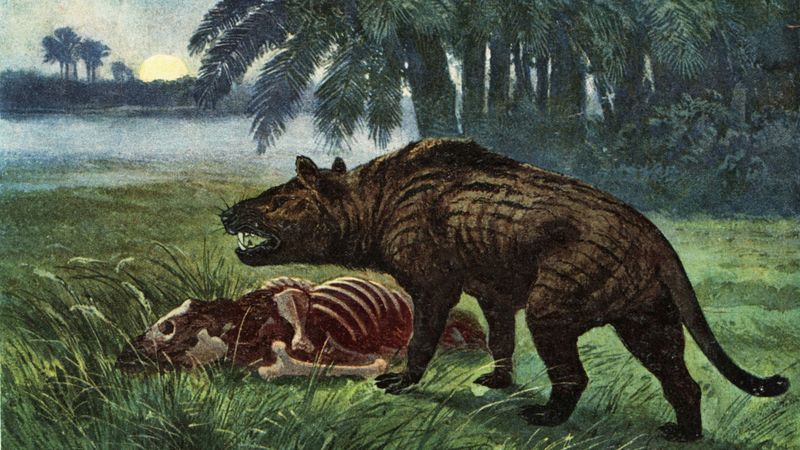
Found alongside the predator were fossils of previously unknown prey animals, expanding our catalog of ancient species. Climate data extracted from the dig site reveals this ecosystem thrived during a period of global cooling.
The predator’s specialized adaptations suggest evolutionary pressures different from what scientists previously theorized for this time period, prompting reassessment of other fossil interpretations from the same era.



